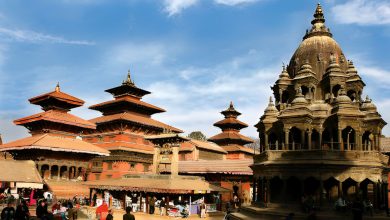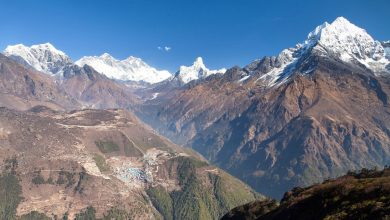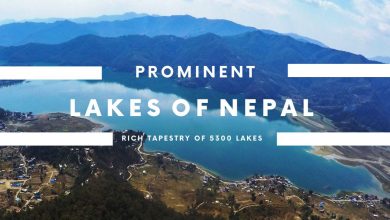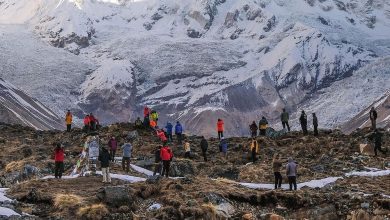Sagarmatha National Park
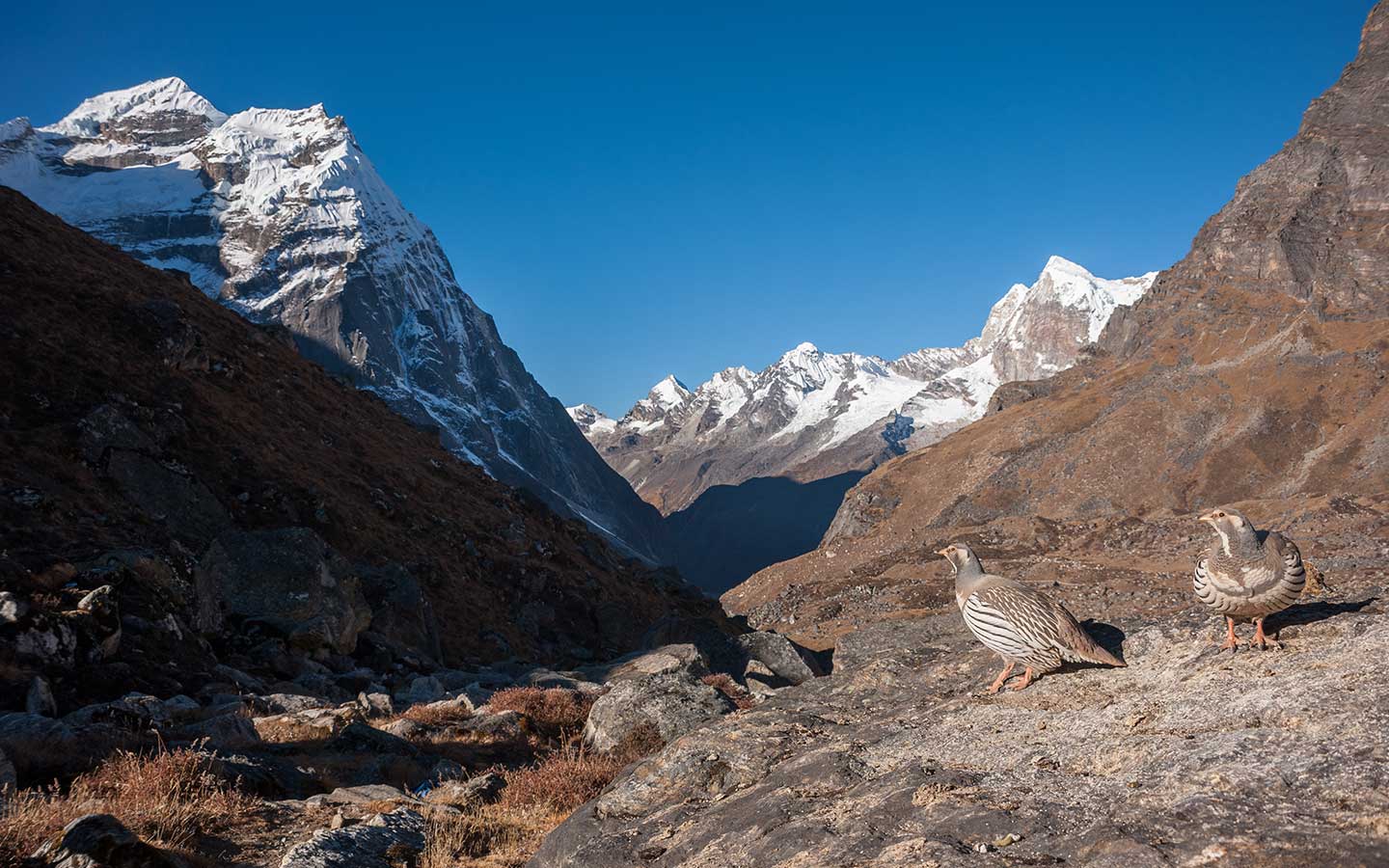
“Sagarmatha National Park, a natural UNESCO World Heritage Site in Nepal since 1979”
Sedentary on the shadow of Mt. Everest, Sagarmatha National park is the first National park in Nepal established in 1976. The park extends over an area of 1,148 square kilometers in the Khumbu region of Nepal.
Dispersed in a large area, the park pampers the visitors with remarkable experiences. The park combines the gigantic Himalayas, deep ravines, and the Himalayan glaciers.
The park is a beautiful combo of incredible nature and beautiful culture. Enriched with a vast range of floral and faunal species, the national park also preserves the high altitude Himalayan settlements. The originality, charm, and goodness of the stunning landscapes, variable topography, amazing biodiversity, unique tradition, and remarkable culture are the major highlight of this park.
Nobility of Sagarmatha National Park,
Location & Geography
The first national park in Nepal, Sagarmatha National Park, is situated in the Khumbu region of Nepal. Scattered in an area of 1148 square kilometers, it extends between the elevations 2845 to 8848 meters.
The park shares its northern snow territory with the Qomolangma National Nature Preserve of Tibet. Towards the south, the Dudh Kosi river acts as a borderline. The national park has a wide range of altitude variation; ranging from nearly 3000 meters to 9000 meters. As a result, you can see a dramatic variation in the landscapes. The park starts from the subtropical lush jungles to the peak of Mt. Everest, the highest peak in the world.
The park homes incredible Himalayan peaks including the roof of the world, Mt. Everest. The tranquil valleys, high altitude freshwater lakes (Gokyo lakes in Sagarmatha national park Nepal), and some others wonder that you can only see inside Sagarmatha National Park. The park preserves the largest body of ice, the Ngozumpa glacier. You certainly cannot miss the wide pastures at the foot of the snow giants.
Himalayan Sherpas
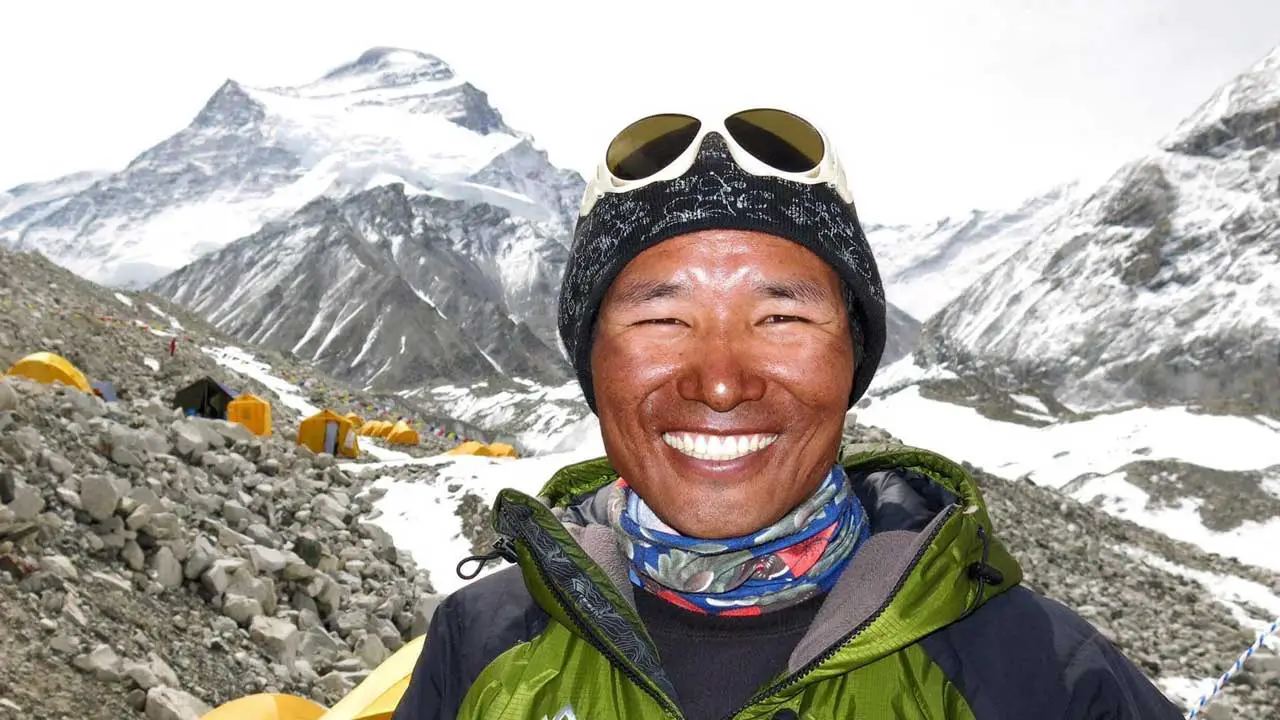
image source: credit
People living in the Sagarmatha National park are the Tibetan Buddhist Sherpas. A long time ago, they migrated here for trade and business and started settling there. And today, they make the major inhabitants of the entire Everest region.
The settlements of Sherpas inside the national park are small and impressive. You can smell the spiritual Buddhist vibes while trekking, hiking, or exploring the villages. The spirituality and positivity must be something that has strengthened the Sherpas to sustain at such a high altitude.
The basic way of lives, super-friendly nature, great hospitality, how can you not be lured by their innocence? The male members of the houses are mainly the guides, porters, or traders. Children, they stay at the hostels in towns for their studies. Women’s, they cultivate grains and vegetables. You’ll also see some making handicrafts, knitting woolen stuff, and so on.
The serenity and harmony of people with spirituality is an amazing thing about the Sherpas in Sagarmatha National Park.
Unique Sherpa Culture: Mani Walls, Monasteries, and Chortens
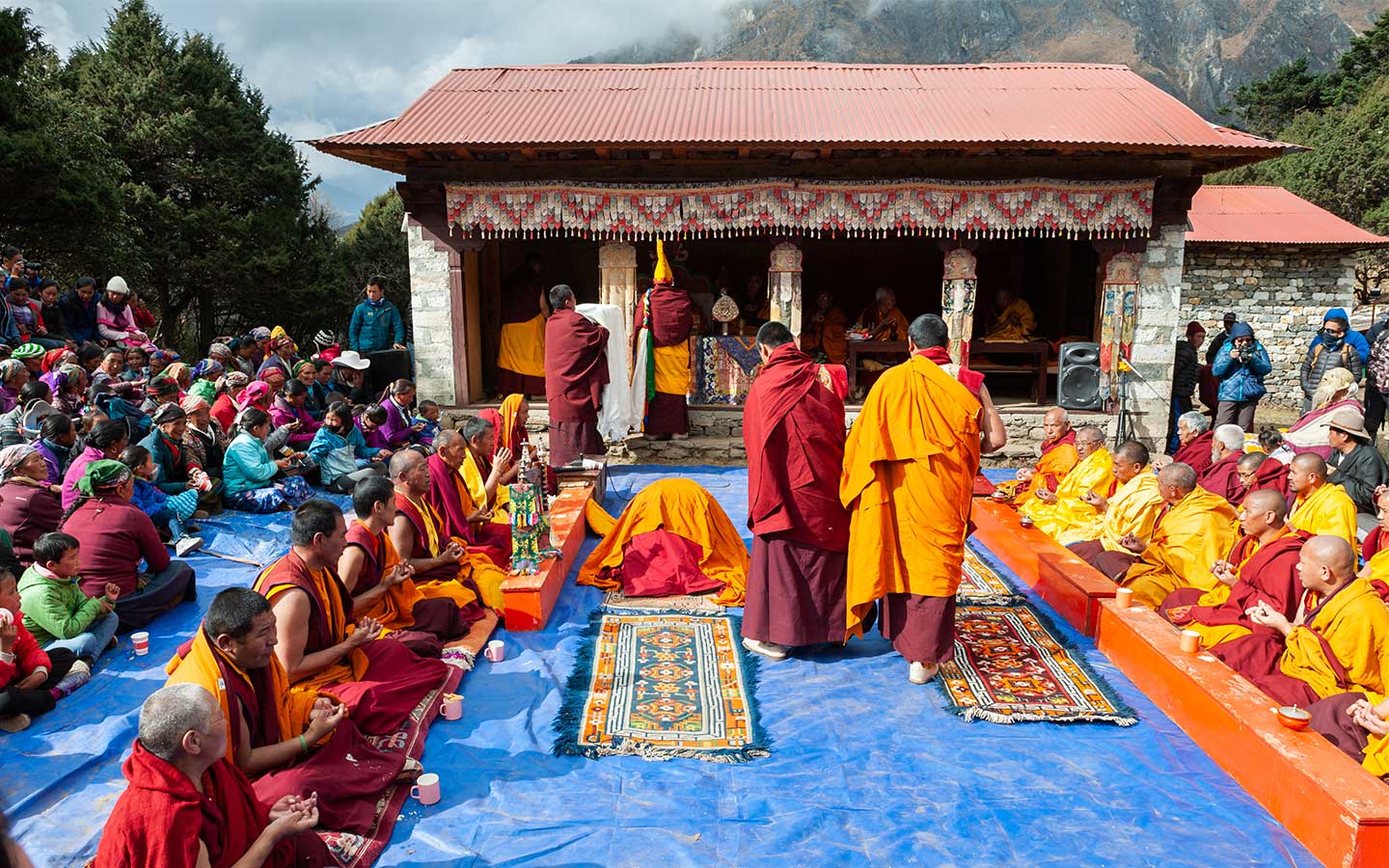
The Sherpas on Everest have managed to carry their tradition and culture in a very beautiful way. Through years of practices, they have been passing their unique culture and religion to the younger ones without any changes and transformations.
The amazing Sherpa culture is visible in the monasteries, chortens, mani walls, prayer wheels, prayer flags, traditional customs, and several other things. (Mani walls are the big rocks where they carve their prayers and chants.
Prayer flags are the colorful pieces of fabric with Buddhist ‘mantras’ printed on them. There are no altitudes in Everest where you’ll not see them. Trek to the highest passes like Cho La and Renjo La. Or, trek to Kalapathar and Everest Base Camp. What will you see? You’ll see the amazing prayer flags fluttering in the wind.
You cannot doubt the innate mountaineering abilities of the Sherpas. I am not sure if i can say this but while exploring the villages, it seems like mountaineering and summiting the snow giants are a part of the Sherpa culture. Looks like they have friendship with the Himalayas. They have the genetic adaptation features to survive in the highest place on the Earth.
Diverse Plants and Wildlife
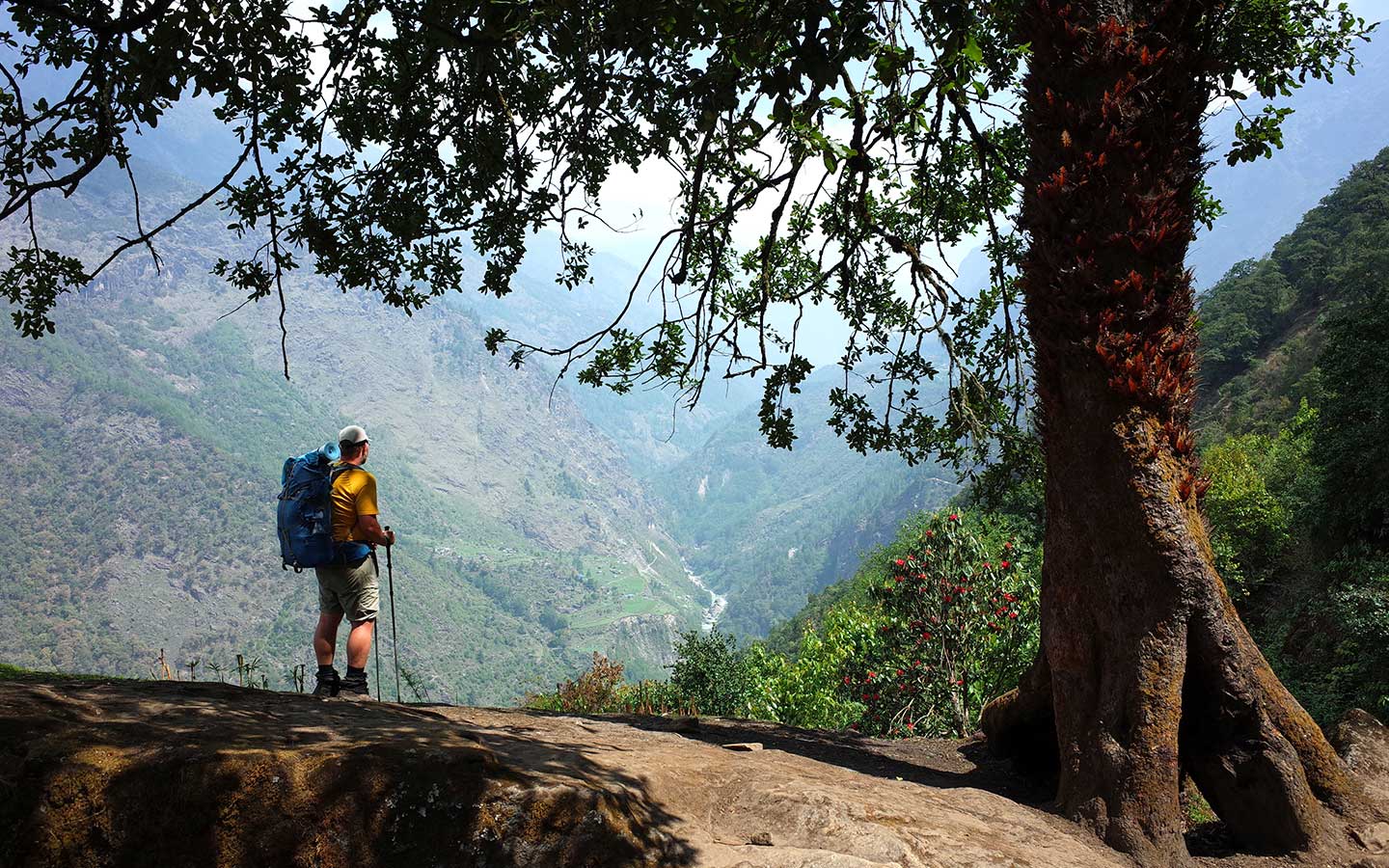
Since there is an altitudinal variation of nearly 6000 meters in Sagarmatha National Park, there definitely is a wide range of variation in floral and faunal species inside the park.
At the lower regions, there are forests of juniper, pines, and fir. Ascending up, the trees become more scarce and the trees are dwarf-sized. The shrubs gradually become rare and at a certain elevation, you will see just the mosses and the lichens.
In the Sagarmatha National park, there are more than 118 species of birds. Some of the birds found are Himalayan monal, Snowcock, Yellow-billed chough, Blood pheasant, and Red-billed Chough.
The park is a home of several mammal species. Himalayan Tahr, Ghoral, wolves, lynx, and weasels are commonly found. Also, there are some endangered species like Musk deer, Red Pandas, and Snow Leopards.
Note: You cannot forget the Yaks. They are the domesticated animal species that carry the goods to and from the region.
Himalayas
“The Himalayas are the major attractions of Sagarmatha National Park.” This is a fact! There are 7 peaks inside the park that are over 6000 meters. They are Mt. Everest, Lhotse, Cho Oyu, Thamserku, Nuptse, Ama Dablam, and Pumori. The stunning views of the snow massifs soaring high towards the wide sky, they are majestic!
Along with these, there are several other Himalayas below 6000 meters. There are some peaks that are popular for climbing. The popular peak climbing in Sagarmatha National park is Island Peak climbing and Mera peak climbing.
Things to do in Sagarmatha National Park
Helicopter tours
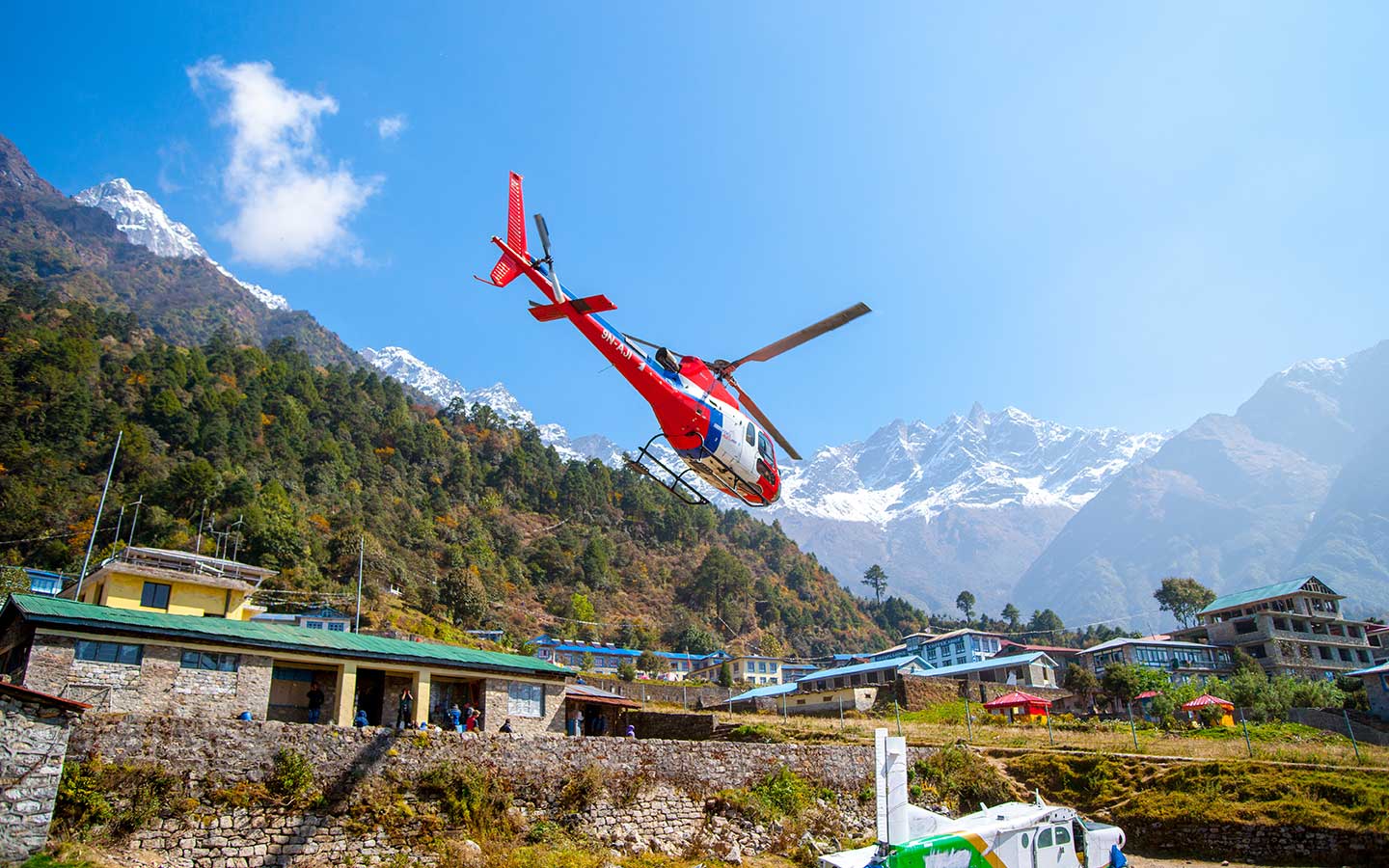
You can fly on a helicopter to several destinations in Sagarmatha National park. Some of the popular helicopter tours in Sagarmatha National Park are Everest Base Camp Helicopter Tour with Landing and Kathmandu to Namche by Helicopter.
During these tours, you can fly within the territory of the national park. You can land in some places and enjoy the amazing scenic views, traditions, and culture in the region.
Hiking and Climbing
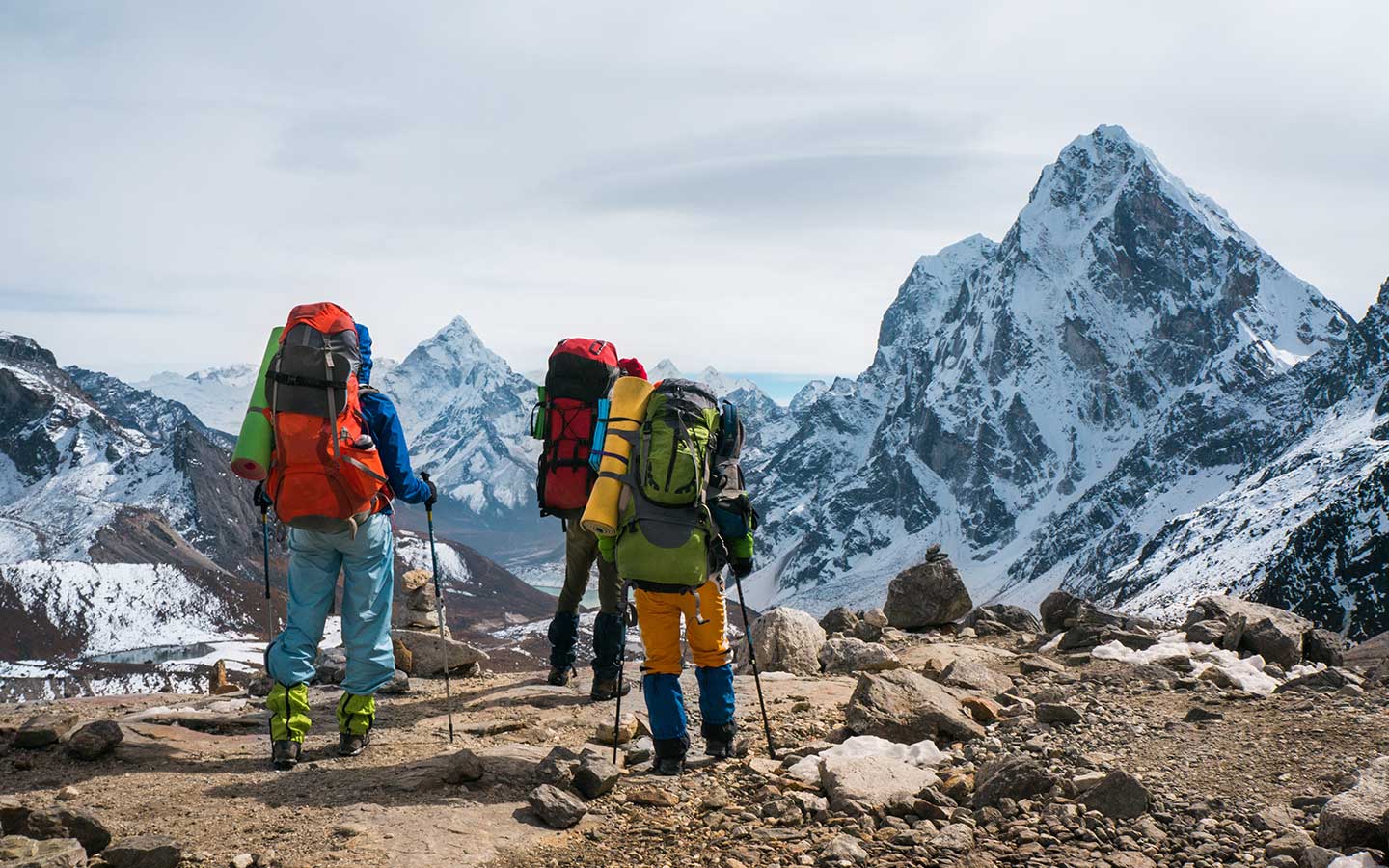
Hiking/trekking is a popular activity inside Sagarmatha National Park. In fact, there are some amazing trekking destinations that are known as the top trekking destinations in Nepal. Some of them are Everest Base Camp, Gokyo Lake, Chola Pass, and Renjo La Pass.
Along with trekking, the park is equally famous for climbing activities. It provides many climbing activities like climbing Mt. Everest, Mt. AMa Dablam, Island Peak, Mera Peak, and others.
Multi-day tours
Multi-day tours into the amazing destinations inside the Sagarmatha National Park is fun. Some of the most popular trekking destinations for multi-day tours are Tengboche, Hotel Everest View, Namche Bazaar, Khumjung village, and many others.
Cultural and Theme Tours
These tours are incredible if you are someone who is excited to learn about the amazing tradition and cultures of Sherpas of Everest. For cultural and theme tours, you can visit some settlements like Khumjung, Khunde, and Namche.
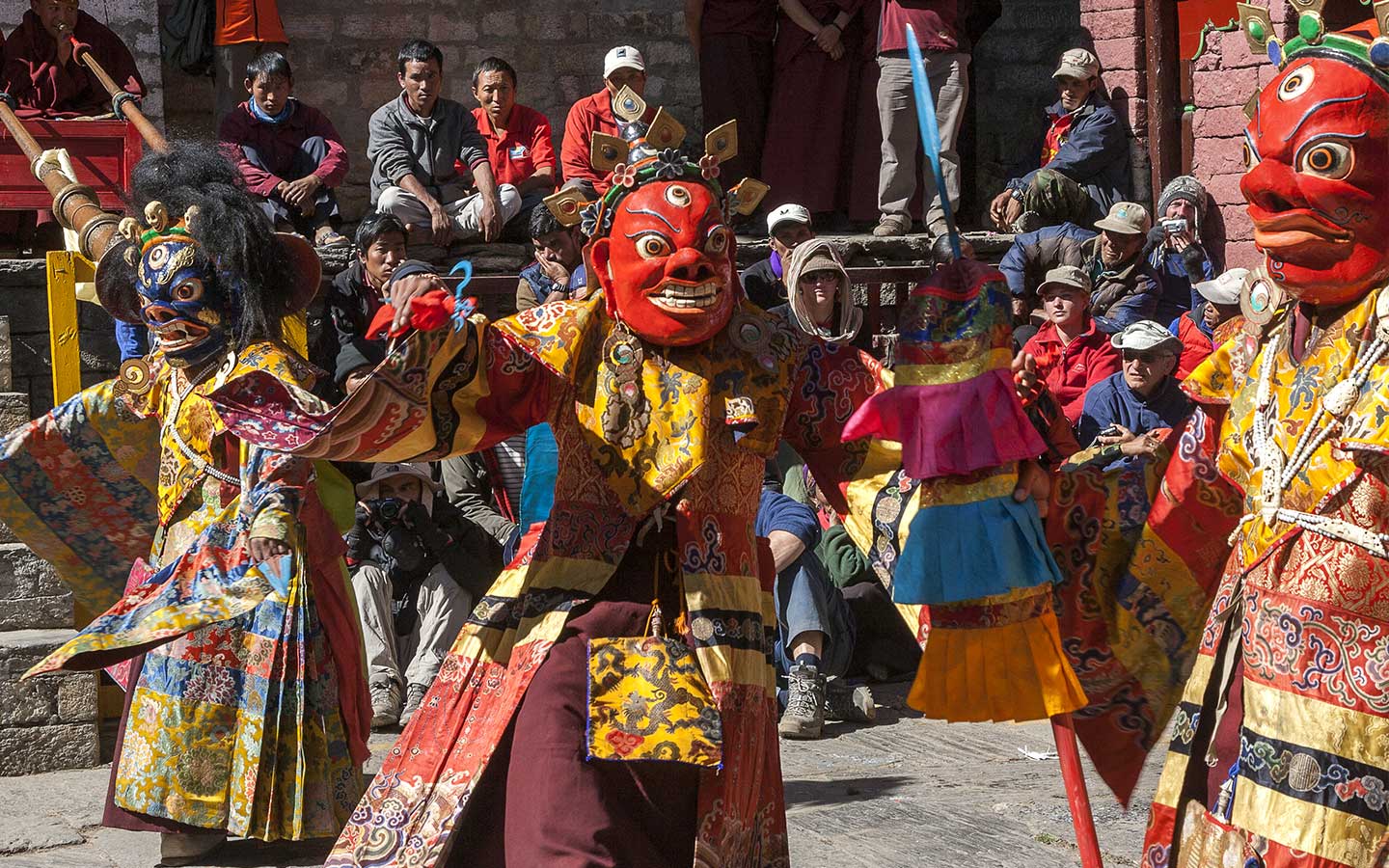
How can I reach Sagarmatha National Park?
If you are looking for easy ways to go to Sagarmatha National Park from Kathmandu, here are some common ways. They are:
- Kathmandu to Lukla flight. Two days trekking
- Drive from Kathmandu to Jiri. 10 days trekking
- Kathmandu to Tumlingtar flight. 10 days trekking
- Kathmandu to Phaplu flight. 5 days trekking
Sagarmatha National Park Entry Fees and Permits
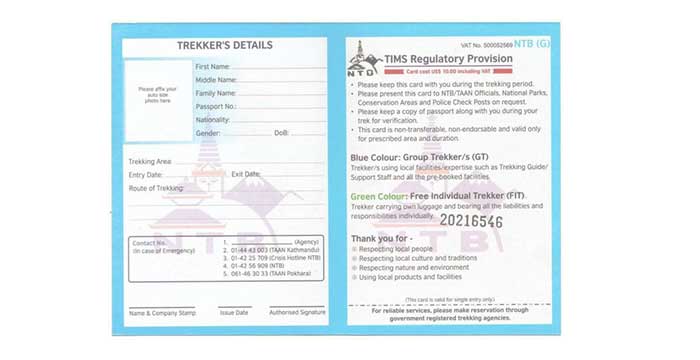
To enter the Sagarmatha National Park, you have to obtain a permit. You can apply for your permit at Nepal Tourism Board Office in Kathmandu. You can also apply for it at the entrance gate of the national park in Monjo.
The Sagarmatha National park entry permit costs NPR 3000 Per Person if you are a foreigner. For SAARC nationals, the price is half ie NPR 1500. If you are a Nepali citizen, it will cost you NPR 25.
The document required to obtain the permit is your passport detail and two photos. Carry some local currency. You can pay for your permit in local currency only.
Some Safety Precautions at National Park
- Be alert to risks of altitude sickness. Walk slowly with proper acclimatization routines. In cases you get any symptoms of the sickness, you should immediately descend down to a lower elevation. (during emergencies, you can charter helicopters services on request, check costing at Helicopter Charter in Nepal)
- Do not walk alone off-trail deep into the jungles. There are several wild animals in the park.
- Walk slowly and carefully. You must be careful when you see the herd of loaded Yaks or donkeys coming. They don’t mind pushing you off the cliffs. So, wait for them to pass on the safe side of the trail.
Tourism and the Future of Sagarmatha National Park

There is an increase in the number of tourists visiting the Sagarmatha National park. This is happening in a large scale. Tourists are attracted in the region because of Mt. Everest and other Himalayas, amazing Sherpa people, their traditions, culture, and hospitalities, and because of several other reasons.
The inrush of tourists has benefited the life of local people. There are developments in infrastructures like roads and schools. There have also been promotions in health and safety awareness among the locals.
You can have access to 3G mobile connection and Wi-Fi services at the local tea houses and lodges. The safety concerns about the visitors are also improving.
The rise in tourism in this area has resulted in the establishment of several teahouses and newer trekking trails. All in all, because of the increasing tourism, there has been a steady flow of money and investment for the upliftment of the socio-economy in Everest.
See also:

